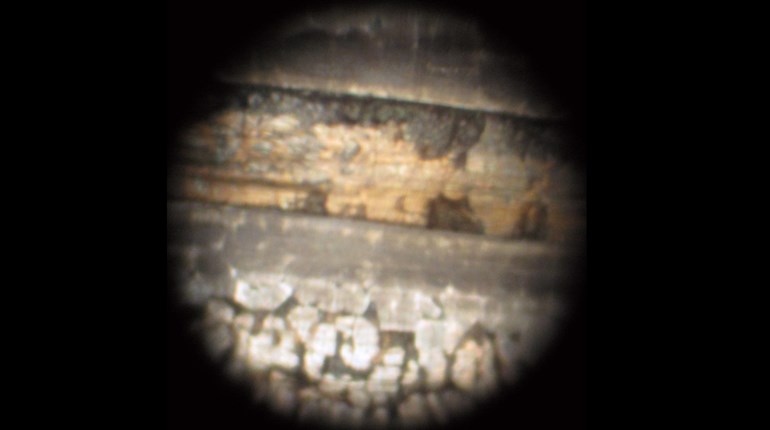
Depending on the type of cartridge, removing a broken piece of brass from a barrel may not require the use of specialized tools, though a broken-shell extractor can be quite helpful.
I am a reloader and have to admit I use my brass as long as possible. Usually, the case necks split before I throw the brass away, but this time only half of the case came out—leaving the front half in the chamber. The last time this happened, I had to take the gun to my local gunsmith to get it fixed, but he is no longer in business, so I don’t have that option. Is there a simple way of getting the remainder of the case out of the chamber that an ordinary person can do, or does this always require a trip to the gunsmith, if I can find one?
S. L. Robeson, Burns Flat, OK
There are several answers I can provide that will work to clear your chamber when you have a cartridge-head separation.
Unless you are shooting maximum-pressure loads or your chamber is really dirty, it could be as simple as running a bore brush through the barrel until it clears the muzzle, and then pulling it back through to remove the chamber obstruction. Using a fresh, stiff bore brush maximizes the effectiveness of the bristles of the brush to acquire sufficient traction in the case neck to break it loose and enable removal of the partial case when the brush is withdrawn from the chamber.
If the chamber is dirty, an initial application of penetrating oil such as Kroil will help loosen the case once the oil has had time to work its way between the broken cartridge case and the chamber.
Although you may have to disassemble the gun partially in order to do this, placing the affected part in a freezer overnight is method to loosen the broken cartridge case, since brass and steel contract and expand at different rates with temperature change. Often, the brass will fall out of the chamber by way of gravity after spending the night in freezing conditions.
If your problems involve either .22- or .30-caliber cartridges, it may be prudent to invest in a broken-case extractor. Some such products are cartridge specific, like those available as military surplus for 5.56 NATO and 7.62 NATO. More modern editions of broken-case extractors available from Brownells, MidwayUSA or other gunsmith-supply houses are adjustable for length to accommodate more than one cartridge, but are still caliber (diameter) specific.
If you have the equipment and ability to make a chamber casting with Cerrosafe, which is a low-melting-point metal, you have another viable option of removing the stuck portion of the cartridge case. By blocking the neck of the broken case with a tight-fitting cleaning patch and filling the rest of the case with the melted metal, a plug is formed in the case, which will allow something to push against when a cleaning rod is inserted down the muzzle. Be careful not to overfill the broken case to achieve the best results.
Although I haven’t done this myself, I witnessed a friend—an electrician by trade—use a plastic screw anchor that fit snugly in a broken .223 case to remove it in a jiffy. He started a screw into the anchor just a few turns, then inserted the anchor into the case as far as it would go. Then he tightened the screw to expand the anchor to fit the inside of the case, forming a plug to push against with a cleaning rod. The case came out with little effort.
There are other ways of removing stuck portions of cartridge cases from chambers, but most are best left to professionals who do this for a living, as the tools and machinery they would use require some specific skills to operate properly.
I suspect you will find the suggestions previously listed will keep you shooting should you err and use a cartridge case one time too many in the future.



































